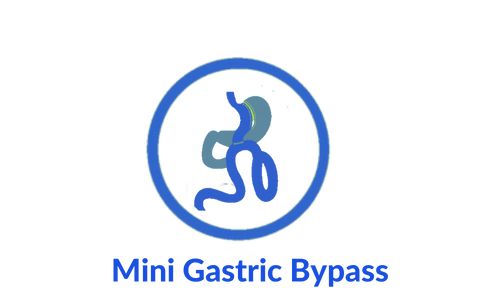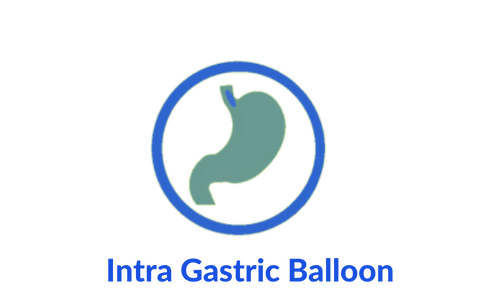
Bariatric surgery
Bariatric surgery, also known as weight loss surgery, is a type of surgery performed to help individuals with obesity achieve significant weight loss. Obesity is a growing health concern and is associated with a wide range of health problems, including heart disease, diabetes, and sleep apnea. Bariatric surgery is a safe and effective solution for those who have not been able to achieve sustained weight loss through diet and exercise alone.
There are several different types of bariatric surgery, including:
-
Gastric bypass: This procedure involves creating a small pouch at the top of the stomach and rerouting the small intestine to this pouch, reducing the amount of food that can be consumed and absorbed.
-
Sleeve gastrectomy: This procedure involves removing a large portion of the stomach, leaving a sleeve-shaped pouch that is smaller in volume.
-
Adjustable gastric banding: This procedure involves placing a band around the upper part of the stomach to create a small pouch, which restricts food intake.
-
Biliopancreatic diversion with duodenal switch: This procedure involves removing a portion of the stomach and rerouting the small intestine to a connection with the remaining portion of the stomach, reducing the amount of food that can be absorbed.
Bariatric surgery is usually recommended for people with a body mass index (BMI) of 40 or more, or for those with a BMI between 35 and 40 who have other health problems related to obesity, such as diabetes, high blood pressure, or sleep apnea.
Bariatric surgery can be an effective way to help people lose weight and improve their health, but it is not without risks. Complications can include bleeding, infection, and blood clots. Patients who undergo bariatric surgery also need to make significant lifestyle changes, including adopting a healthy diet and engaging in regular exercise, to maintain their weight loss and improve their overall health.
Benefits of Bariatric surgery
The benefits of bariatric surgery include:
- Significant weight loss
- Improved health outcomes
- Increased physical activity
- Enhanced quality of life






